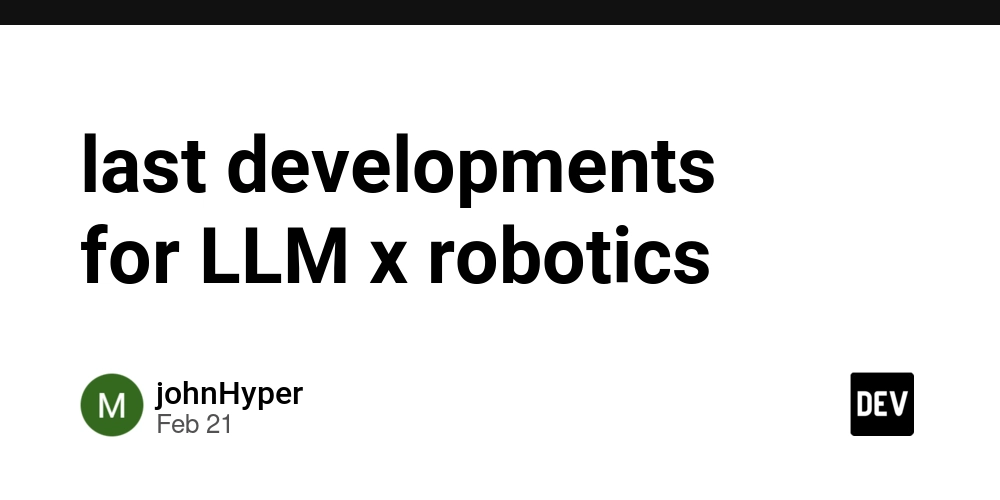Greener Code: How Developers Can Increase Sustainability with Cleaner Software
When we talk about sustainability in tech, the conversation often centers around hardware, data centers, or corporate ESG policies. But what about the code itself? As developers, we often overlook the carbon cost of our work. Yet every inefficient loop, every bloated dependency, and every redundant API call consumes energy. Multiplied across millions of devices and servers, these inefficiencies add up. The good news? Cleaner code is greener code. 1. Optimize Algorithms and Data Structures (⓿_⓿) Efficient code doesn't just run faster—it consumes less energy. Choosing the right algorithm or data structure can significantly reduce CPU cycles. For example, a search operation using a hash table instead of a linear array scan can drastically cut execution time, reducing energy use on every operation. Multiply that by millions of requests, and the carbon savings become tangible. 2. Reduce Code and Package Bloat ( ̄︶ ̄*)) We love our packages and frameworks, but not all of them are necessary. Be selective about dependencies. Loading large libraries to use one or two functions increases the memory footprint and slows down execution. Audit your codebase regularly to remove unused or outdated dependencies. 3. Embrace Lazy Loading and Caching ( *︾▽︾) Lazy loading ensures that resources are only loaded when needed. This reduces the initial load time and minimizes unnecessary computation. Similarly, effective caching prevents redundant processing and network calls. These strategies not only improve performance but also lower energy consumption, especially in large-scale systems. 4. Measure Your Impact ◑﹏◐ Tools can help measure the carbon footprint of your applications. These insights help you identify hotspots and track progress over time. I'll be writing individual articles about some of these tools in the near future. If you have one to suggest, comment below or reach out! In the mean time, you can check out Sustainable IT Manifesto Foundation here or on LinkedIn. 5. Refactor for Efficiency []~( ̄▽ ̄)~* Code tends to grow messy over time. Regular refactoring ensures that legacy inefficiencies don’t accumulate. Clean, well-organized code is easier to optimize and maintain. Conclusion (~ ̄▽ ̄)~ As developers, we have more power than we think. Sustainability can and should be an integrated piece of the development process. Encouragement! ( ̄︶ ̄)↗ The next time you write or review code, think of it as an opportunity not just to improve functionality, but to reduce your carbon footprint.

When we talk about sustainability in tech, the conversation often centers around hardware, data centers, or corporate ESG policies.
But what about the code itself? As developers, we often overlook the carbon cost of our work. Yet every inefficient loop, every bloated dependency, and every redundant API call consumes energy. Multiplied across millions of devices and servers, these inefficiencies add up.
The good news? Cleaner code is greener code.
1. Optimize Algorithms and Data Structures (⓿_⓿)
Efficient code doesn't just run faster—it consumes less energy. Choosing the right algorithm or data structure can significantly reduce CPU cycles.
For example, a search operation using a hash table instead of a linear array scan can drastically cut execution time, reducing energy use on every operation. Multiply that by millions of requests, and the carbon savings become tangible.
2. Reduce Code and Package Bloat ( ̄︶ ̄*))
We love our packages and frameworks, but not all of them are necessary. Be selective about dependencies. Loading large libraries to use one or two functions increases the memory footprint and slows down execution.
Audit your codebase regularly to remove unused or outdated dependencies.
3. Embrace Lazy Loading and Caching ( *︾▽︾)
Lazy loading ensures that resources are only loaded when needed. This reduces the initial load time and minimizes unnecessary computation. Similarly, effective caching prevents redundant processing and network calls.
These strategies not only improve performance but also lower energy consumption, especially in large-scale systems.
4. Measure Your Impact ◑﹏◐
Tools can help measure the carbon footprint of your applications. These insights help you identify hotspots and track progress over time.
I'll be writing individual articles about some of these tools in the near future. If you have one to suggest, comment below or reach out!
In the mean time, you can check out Sustainable IT Manifesto Foundation here or on LinkedIn.
5. Refactor for Efficiency []~( ̄▽ ̄)~*
Code tends to grow messy over time. Regular refactoring ensures that legacy inefficiencies don’t accumulate. Clean, well-organized code is easier to optimize and maintain.
Conclusion (~ ̄▽ ̄)~
As developers, we have more power than we think. Sustainability can and should be an integrated piece of the development process.
Encouragement! ( ̄︶ ̄)↗
The next time you write or review code, think of it as an opportunity not just to improve functionality, but to reduce your carbon footprint.




























![[Webinar] AI Is Already Inside Your SaaS Stack — Learn How to Prevent the Next Silent Breach](https://blogger.googleusercontent.com/img/b/R29vZ2xl/AVvXsEiOWn65wd33dg2uO99NrtKbpYLfcepwOLidQDMls0HXKlA91k6HURluRA4WXgJRAZldEe1VReMQZyyYt1PgnoAn5JPpILsWlXIzmrBSs_TBoyPwO7hZrWouBg2-O3mdeoeSGY-l9_bsZB7vbpKjTSvG93zNytjxgTaMPqo9iq9Z5pGa05CJOs9uXpwHFT4/s1600/ai-cyber.jpg?#)














































































































































![[The AI Show Episode 144]: ChatGPT’s New Memory, Shopify CEO’s Leaked “AI First” Memo, Google Cloud Next Releases, o3 and o4-mini Coming Soon & Llama 4’s Rocky Launch](https://www.marketingaiinstitute.com/hubfs/ep%20144%20cover.png)




































































































































































































![Rogue Company Elite tier list of best characters [April 2025]](https://media.pocketgamer.com/artwork/na-33136-1657102075/rogue-company-ios-android-tier-cover.jpg?#)






































































_Andreas_Prott_Alamy.jpg?width=1280&auto=webp&quality=80&disable=upscale#)




























































































![What’s new in Android’s April 2025 Google System Updates [U: 4/18]](https://i0.wp.com/9to5google.com/wp-content/uploads/sites/4/2025/01/google-play-services-3.jpg?resize=1200%2C628&quality=82&strip=all&ssl=1)










![Apple Watch Series 10 Back On Sale for $299! [Lowest Price Ever]](https://www.iclarified.com/images/news/96657/96657/96657-640.jpg)
![EU Postpones Apple App Store Fines Amid Tariff Negotiations [Report]](https://www.iclarified.com/images/news/97068/97068/97068-640.jpg)
![Apple Slips to Fifth in China's Smartphone Market with 9% Decline [Report]](https://www.iclarified.com/images/news/97065/97065/97065-640.jpg)



































































































































